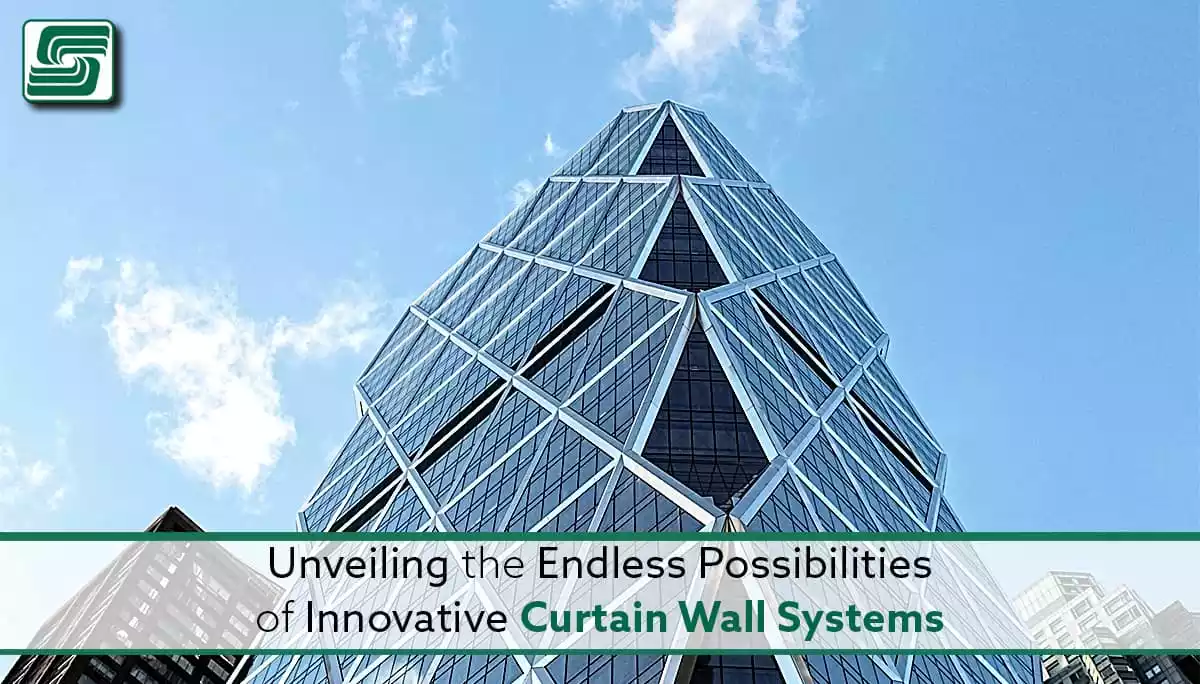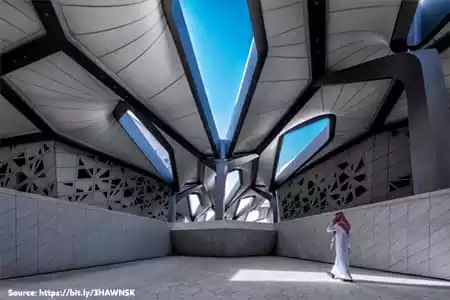
When you think of winning baseball players, who do you think of? Yogi Berra earned 10 (!) rings playing for the Yankees during their incredible run 70+ years ago.
 Baseball experts consider Yogi one of the best catchers in history. In later years, he split time behind the plate and in the outfield.
Baseball experts consider Yogi one of the best catchers in history. In later years, he split time behind the plate and in the outfield.
Another player of more recent vintage competes for the moniker of winning player: Ben Zobrist.
Ben Zobrist?
Zobrist came to the big leagues as a shortstop. However, he showed great versatility by playing several positions well, switch-hitting, and getting on base.
It doesn't sound like much, but players like him—at that time in baseball—were rare. His versatility compelled teams like the Kansas City Royals and Chicago Cubs to seek his services.
The result? In three years, Zobrist played in four World Series teams; two teams won, the World Series MVP in 2016! He became the eighth player in MLB history to win consecutive World Series championships on different teams.
So? Ben Zobrist and curtain walls?
Just like how a super utility player in baseball can play multiple positions and bring diverse skills to the team, curtain wall embeds also offer versatile solutions to building construction.
Like how a utility player can pitch, hit, and play infield or outfield, curtain wall embeds can support various façade systems and improve a building's structural performance, energy efficiency, and aesthetic appeal.
As team managers rely on utility players to make crucial plays, architects and contractors count on curtain wall embeds to provide reliable and efficient solutions for their construction projects.
What are Curtain Wall Embeds? How Do They Work?
Curtain wall embeds are small components embedded in the curtain wall system designed to enhance the building's aesthetic appeal and functionality, providing unique components that make it stand out. Curtain wall embeds are customizable and tailored to suit any building's design.
Made from various materials—aluminum, steel, and glass—the embeds attach to the curtain wall system using different methods, including welding, bolting, or gluing. Curtain wall embeds support the curtain wall system and provide structural integrity to the building.
Curtain wall embeds accommodate a wide range of building components, including lighting fixtures, signage, and other decorative elements. They can be flush with the curtain wall system or protrude, providing a unique and eye-catching design.
Successful Curtain Wall Embed Designs
 Architects have used curtain walls in many buildings worldwide, providing unique design elements and improved functionality. One successful curtain wall embeds design example is the King Abdullah Petroleum Studies and Research Center in Saudi Arabia.
Architects have used curtain walls in many buildings worldwide, providing unique design elements and improved functionality. One successful curtain wall embeds design example is the King Abdullah Petroleum Studies and Research Center in Saudi Arabia.
The building features an intricate system incorporating various curtain wall embeds, including lighting fixtures and signage; while designed to blend seamlessly with the building's overall design, the curtain walls provide a cohesive and impressive appearance.
Another successful curtain wall embeds design example is the Hearst Tower in New York, featuring an innovative curtain wall system incorporating various curtain wall embeds, including louvers and shading devices.
This example improves functionality, reducing the heat entering the building and providing a more comfortable indoor environment.
How Curtains Walls Embed Into Nearly Every Wall Types
Architects embed curtain walls into different structures, including basic wall types, because they're non-structural and attached to the building's structural frame, made up of small components embedded into the curtain wall system, providing unique design elements and improved functionality.
The type of wall structure used in the building design determines the type of curtain wall system used—basic wall types, such as concrete and masonry, support curtain wall systems. However, the installation process may be more complex, and additional support may be required to ensure the curtain wall system's structural integrity.
Different Curtain Wall Embeds and Their Uses
When learning about curtain wall embeds, remember just how common they are and easily customized to suit any building design.
Some of the different curtain wall embeds and their uses include:
- Lighting fixtures: Accommodate lighting fixtures, providing improved functionality and aesthetic appeal.
- Signage: Accommodate signage, providing a unique and eye-catching design.
- Louvers: Accommodate louvers, providing improved ventilation and shading.
- Brackets: Support the curtain wall system, providing structural integrity.
How are Curtain Walls Supported Structurally?
Curtain walls are non-structural, attached to the building's structural frame, and designed to provide additional protection to the building's interior, minimizing the risk of water infiltration and other environmental factors.
Several methods exist for supporting a curtain wall, including:
- Anchorages: Anchored to the building's structural frame using anchorages, providing a secure connection between the curtain wall system and the building's structural frame.
- Mullions: Vertical members attached to the building's structural frame, which support the curtain wall system and distribute the load evenly across the building's structural frame.
- Transoms: Transoms are horizontal members attached to the building's structural frame, supporting the curtain wall system and distributing the load evenly across the building's structural frame.
Curtain Wall Embeds Installation Process
The installation process for curtain wall embeds varies, depending on the type of embed used and the building's design. However, the installation process generally involves the following steps:
- Design: suits the building's design and functionality requirements
- Fabrication: based on the design specifications
- Installation: installed using different methods, including welding, bolting, or gluing
- Inspection: inspection ensures correct installation and meets the building's design and functionality requirements.
Advantages and Disadvantages of Curtain Wall Systems?
Curtain wall systems offer several advantages, including:
- Improved aesthetic appeal: Curtain wall systems provide an impressive appearance to buildings, enhancing their overall aesthetic appeal.
- Improved functionality: Accommodates various components, including lighting fixtures, signage, and louvers, providing improved functionality to the building.
- Improved energy efficiency: Designed to reduce heat entering the building, improving energy efficiency and reducing energy costs.
However, curtain wall systems also have some disadvantages, including:
- Cost: Curtain wall systems can be expensive to install, requiring additional materials and labor.
- Maintenance: Curtain wall systems require regular maintenance to ensure they remain in good condition and provide optimal functionality.
In Sum
The ability of a ballplayer to play multiple positions at high levels sets them apart from other athletes.
Ben Zobrist played for several MLB teams (editor's note: including a season playing for the Wausau Woodchucks!). He was an above-average hitter noted for his defensive versatility.
Curtain walls play many roles in the architect's vision when designing a building's façade. They improve the building's look, functionality, and energy efficiency.
We see curtain walls every day in many forms, yet we don't recognize the roles they fill. Like those super-utility players, we take them for granted and don't appreciate their value.